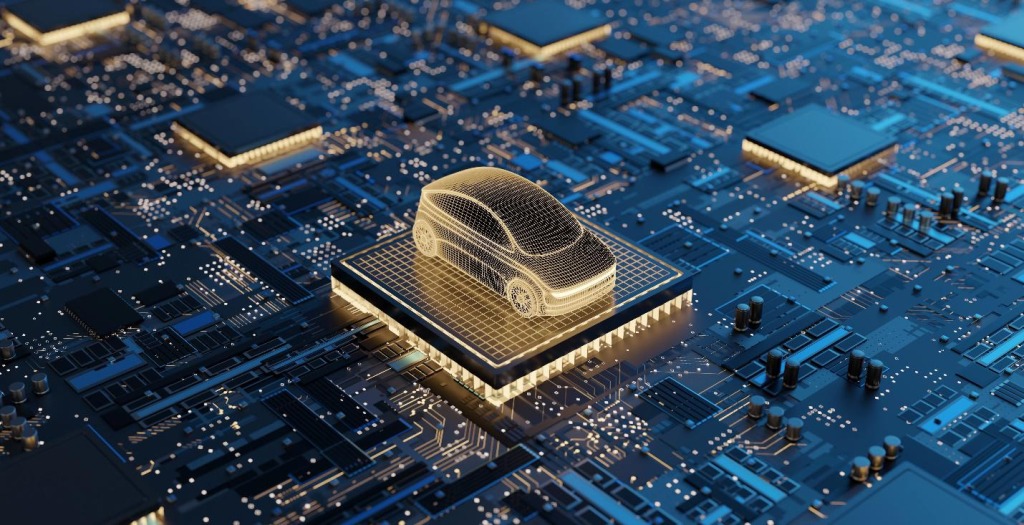
The remarkable advancements in Artificial Intelligence (AI) are ushering in a new era of autonomous vehicles that operate without human interference. By processing extensive amounts of data obtained from sensors and cameras and interpreting this data instantly, recent strides in AI have been made towards achieving complete self-driving capabilities and predictive maintenance.
Autonomous Driving Advancements
Once deemed a distant vision far from reach, it now stands closer than ever as a result of pivotal AI breakthroughs. In fact, realizing it has come so close, there are rules, regulations, and promises already set by the National Artificial Intelligence Initiative (see AI.gov) to ensure safety once it goes into full effect.
Self-driving vehicles supported by AI are developed using computer vision, deep learning, and machine learning (ML). These techniques enable the management of extensive data from sensors, cameras, and radars, enabling automobiles to swiftly survey and assess their environment.
Advanced Driver Assistance Systems
The Advanced Driver Assistance System (ADAS) emerged through the integration of AI. These safety systems use digital technologies like cameras, sensors, and radars to assist drivers in navigation and parking by supplying additional information to help them make better decisions. The intention isn’t to completely automate the process, but it does aim to eliminate human error in information processing.
Presently, these systems are being implemented in buses, cars, and trucks that use features such as Automatic Emergency Braking (AEB) systems or Forward collision (more info) warning systems.
Real-life examples
Companies such as Waymo, Uber’s Advanced Technologies Group, and Tesla are at the center of Autonomous driving advancements. Waymo, a subsidiary of Google’s parent company, Alphabet, has developed self-driving technology that has been driven for millions of miles in real-world testing. Tesla’s Autopilot utilizes ADAS technology for automated lane-keeping and adaptive cruise control features. Lastly, Uber’s self-driving vehicles are supplied with sensors and AI algorithms that allow them to navigate and make decisions in complex urban environments.
Even auto warranty companies have realized the potential of AI, offering coverage for high-tech components that mostly cover AI-enhanced cars. Ox Car Care demonstrates this with their Diamond Warranty Plan. Check out this Several.com review to find out more.
Predictive Maintenance
AI reaches beyond driving enhancement and extends to predictive maintenance, which is made possible through the integration of AI and the Internet of Things (IoT).
What is IoT?
IoT is a network of connected devices that exchange and combine data with other devices, allowing vehicles to use features such as remote vehicle monitoring, predictive maintenance, and real-time traffic updates.
The process of predictive maintenance
While traditional maintenance often entails routine check-ups and part replacements according to a schedule, predictive maintenance employs AI to analyze real-time data from various vehicle sensors. AI can accurately predict component failure or maintenance requirements by monitoring factors such as engine performance and fluid levels and using Digital Twins technology.
The use of Digital Twins
The Digital Twins technology is revolutionizing cost-effective testing and observation. Fundamentally, the idea behind Digital Twins revolves around generating a digital replica that mirrors all elements of a vehicle’s structure, interaction, and behavior. With this technology, warranty companies have the potential to individualize their offerings, simulate various scenarios, and continuously observe a vehicle’s operational status, which allows for the prediction of maintenance requirements.
Takeaway
While fully automated cars remain an aspiration, we are well on our way to realizing this vision. Through technological progress and the integration of AI with the Internet of Things (IoT) in cars, we were able to take the first steps toward a new concept: predictive maintenance. By intricately analyzing real-time data and implementing Digital Twins, AI could find patterns and information that could be revolutionary, opening doors to more innovations and possibilities. The most impressive part is that all these innovations came about in such a short time, and the future might come faster than anticipated.
For more information on this, visit Several.com.
Last Updated: August 24, 2023




















